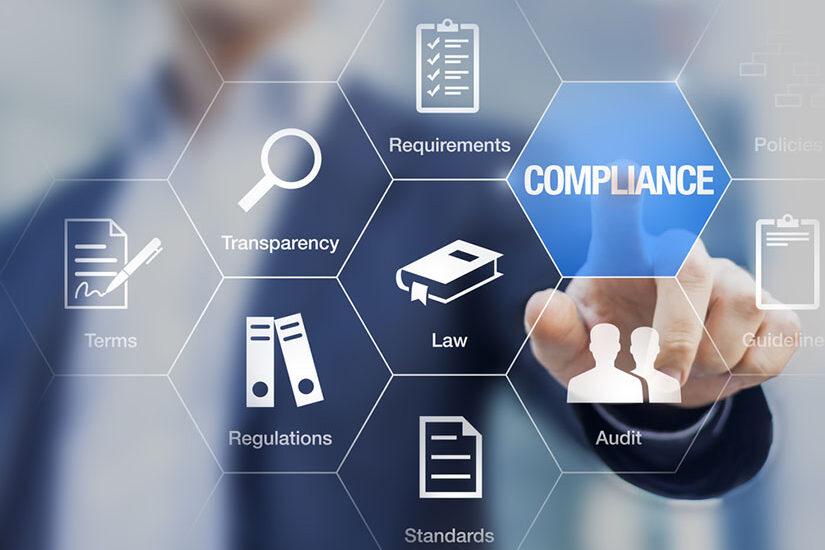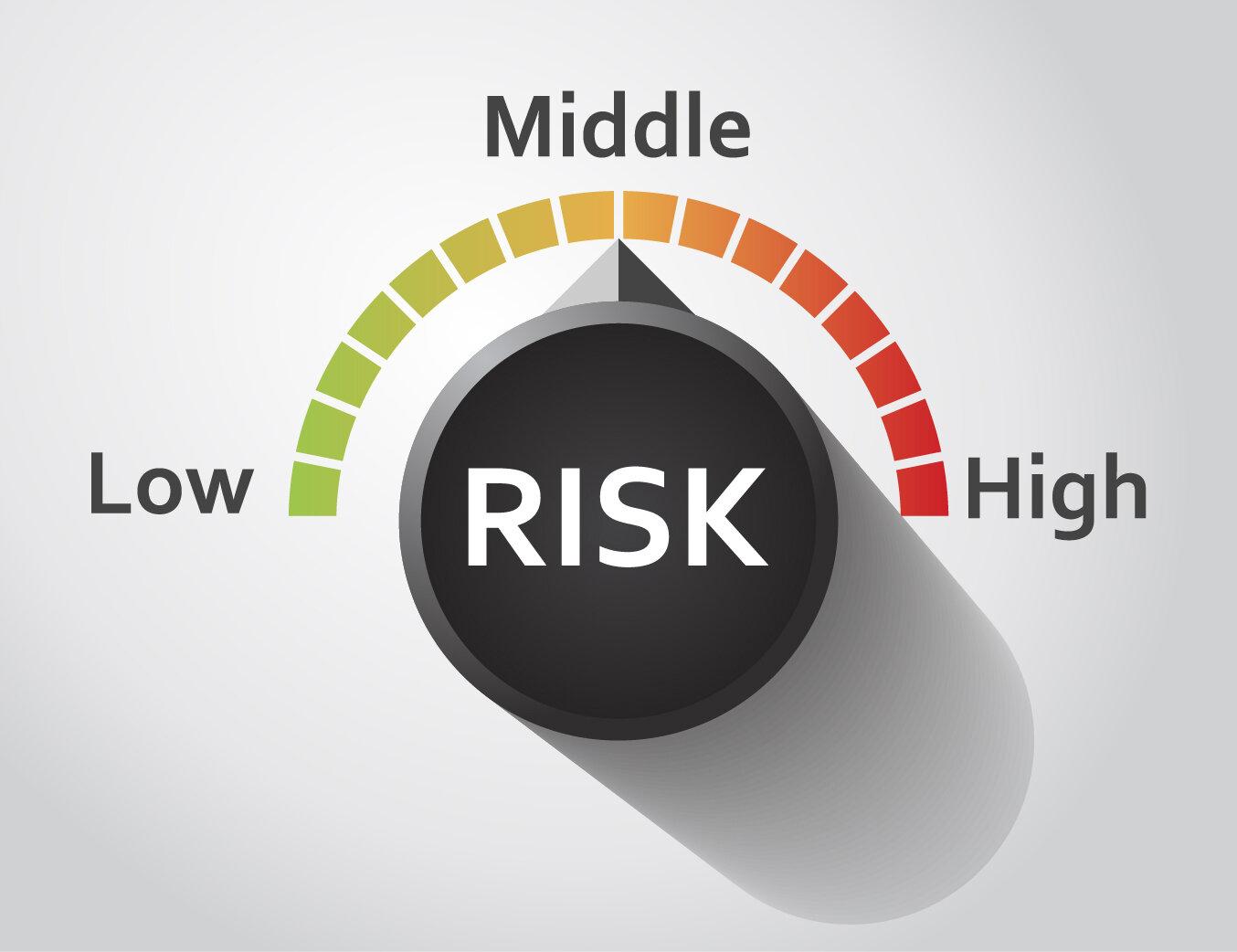In the ever-evolving landscape of global commerce, businesses are akin to seasoned navigators, charting courses through turbulent seas of opportunity and risk. As enterprises expand their horizons beyond domestic borders, they encounter a formidable challenge: managing compliance risks in diverse and dynamic global markets. This intricate dance requires more than just a map; it demands a compass of strategic foresight and a keen understanding of the multifaceted regulatory environments that govern international trade. In this article, we delve into the essential strategies and tools that empower businesses to not only meet compliance obligations but to transform them into a competitive advantage. With the right approach, navigating the complex web of global regulations becomes less of a perilous journey and more of a voyage toward sustainable success. Join us as we explore the authoritative insights and innovative practices that can help businesses steer confidently through the compliance conundrum of global markets.
Understanding the Global Regulatory Landscape
In today’s interconnected world, navigating the myriad of regulations across different jurisdictions can be a daunting task for businesses. Understanding the nuances of each region’s legal framework is crucial for managing compliance risks effectively. Companies must be proactive in their approach, employing a combination of strategic planning and technology to stay ahead. Key strategies include:
- Localized Expertise: Engaging local legal experts who understand the intricacies of regional regulations can provide invaluable insights and prevent costly missteps.
- Compliance Technology: Leveraging advanced compliance management software can streamline processes, ensuring that all regulatory requirements are met consistently across various markets.
- Continuous Training: Regular training sessions for employees can help instill a culture of compliance, reducing the risk of inadvertent violations.
By adopting these strategies, businesses can not only mitigate compliance risks but also position themselves as trustworthy and reliable partners in the global market. The ability to adapt to the evolving regulatory landscape is not just a necessity; it is a competitive advantage.

Strategic Approaches to Risk Assessment and Mitigation
In the complex landscape of global markets, businesses must employ strategic approaches to effectively manage compliance risks. This begins with a comprehensive understanding of the regulatory environment in each market, which can be achieved through a blend of local expertise and global oversight. Companies should develop a risk assessment framework that identifies potential compliance pitfalls and prioritizes them based on their potential impact. This involves continuous monitoring and updating of compliance protocols to reflect the dynamic nature of international regulations.
Key strategies include:
- Engaging Local Experts: Partnering with local legal and compliance experts ensures a nuanced understanding of regional laws and cultural nuances.
- Implementing Robust Training Programs: Regular training for employees on compliance issues helps foster a culture of awareness and accountability.
- Leveraging Technology: Utilizing advanced compliance management software can streamline processes and enhance the accuracy of risk assessments.
- Establishing Clear Communication Channels: Ensuring open lines of communication across all levels of the organization aids in the swift identification and resolution of compliance issues.
By integrating these strategies, businesses can not only mitigate compliance risks but also gain a competitive edge in the global marketplace.

Leveraging Technology for Compliance Management
In the ever-evolving landscape of global markets, businesses face a myriad of compliance challenges that can significantly impact their operations. To navigate these complexities, leveraging cutting-edge technology has become indispensable. Artificial Intelligence (AI) and Machine Learning (ML) are transforming compliance management by automating routine tasks and identifying potential risks with unprecedented accuracy. By integrating AI-driven analytics, companies can swiftly analyze vast datasets to detect anomalies and ensure adherence to international regulations.
Furthermore, cloud-based compliance platforms offer scalable solutions that facilitate seamless collaboration across global teams. These platforms provide real-time updates on regulatory changes, ensuring that businesses remain proactive rather than reactive. Key features of these platforms include:
- Automated reporting that reduces manual errors and enhances transparency.
- Centralized data management to ensure consistency and accessibility across all regions.
- Customizable dashboards that allow for tailored monitoring of compliance metrics.
By embracing these technological advancements, businesses can not only mitigate compliance risks but also gain a competitive edge in the global market.

Building a Culture of Compliance Across Borders
In today’s interconnected world, businesses face a complex web of regulatory requirements that vary significantly from one jurisdiction to another. To navigate these challenges, companies must foster a robust compliance culture that transcends geographical boundaries. This involves not only understanding the diverse legal landscapes but also embedding compliance into the very fabric of the organization. Here are some strategies to achieve this:
- Localized Expertise: Employ or consult with local experts who are well-versed in regional regulations to ensure compliance efforts are accurately tailored to each market.
- Unified Policies: Develop a set of core compliance policies that are universally applicable, while allowing for regional adaptations where necessary.
- Continuous Training: Implement ongoing training programs that educate employees on both global standards and local nuances, reinforcing the importance of compliance at every level.
- Technology Utilization: Leverage technology to monitor compliance activities and streamline reporting processes across borders, ensuring timely and accurate data collection.
- Cross-Cultural Communication: Foster open communication channels that encourage the sharing of best practices and compliance insights across different regions.
By integrating these strategies, businesses can not only mitigate compliance risks but also build a resilient, adaptable framework that supports sustainable growth in global markets.





